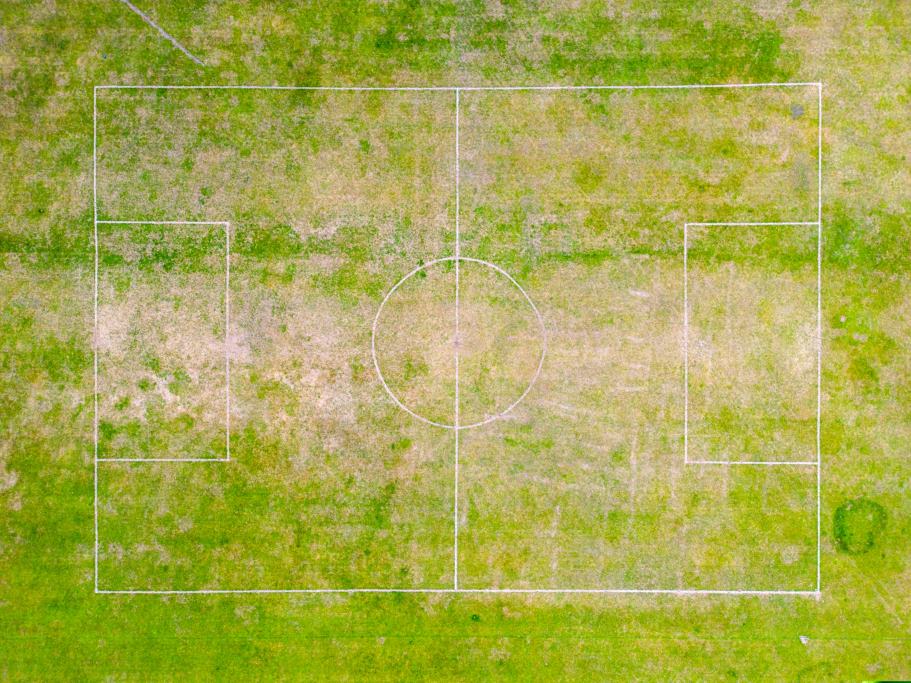
With prolonged dry weather now affecting many parts of the UK and hosepipe bans being introduced in regions such as Yorkshire, grounds staff face the challenging task of maintaining playable, safe and healthy sports surfaces with limited access to water.
Here's how you can best keep your pitches in play and maintain strategic irrigation:
Adapt Your Mowing Approach
- Increase mowing height - raising the cut helps reduce stress on the grass and encourages deeper roots.
- Mow in cooler conditions, such as early morning or late evening, to reduce evaporation and plant shock.
- Avoid mowing dormant or browned grass; when growth slows or stops, mowing can do more harm than good.
- Never cut more than one-third of the grass height at once, even when conditions improve.
Use Water Only Where and When It’s Essential
- Focus watering efforts only on high-wear or high-priority areas, like goalmouths or central wickets.
- Avoid watering during peak sunlight hours - evaporation rates are highest then.
- Use germination sheets or covers after watering to retain surface moisture and reduce the need for repeat applications. However, be careful as there is potential for disease if covers are left on or extended periods of time.
- Where possible, apply wetting agents in advance of expected rainfall to improve water absorption and retention.
Pause Stress-Inducing Maintenance
- Avoid fertilisers and herbicides, which can scorch or damage grass in dry conditions.
- Postpone grooming, scarifying, and brushing—these activities, while helpful in normal conditions, may cause undue stress when moisture is scarce.
Keep Safety in Focus
- Regularly assess surface hardness and take action if conditions become unsuitable for use.
- Communicate openly with coaches, clubs, or users about any temporary surface issues or play limitations.
Harvest and Store Water Where Possible
- Install rainwater harvesting systems to capture and store water for use during dry periods.
- Make use of water butts, tanks, or greywater systems where appropriate and permitted.
Managing turf in a drought requires flexibility, awareness, and teamwork. As hosepipe bans come into effect and reservoir levels remain low, grounds teams play a key role in conserving water while protecting playing surfaces for communities.
For specific information on how to prepare pitches under drought restrictions, click here.
For more pitch management guidance, visit: resources.thegma.org.uk/
















